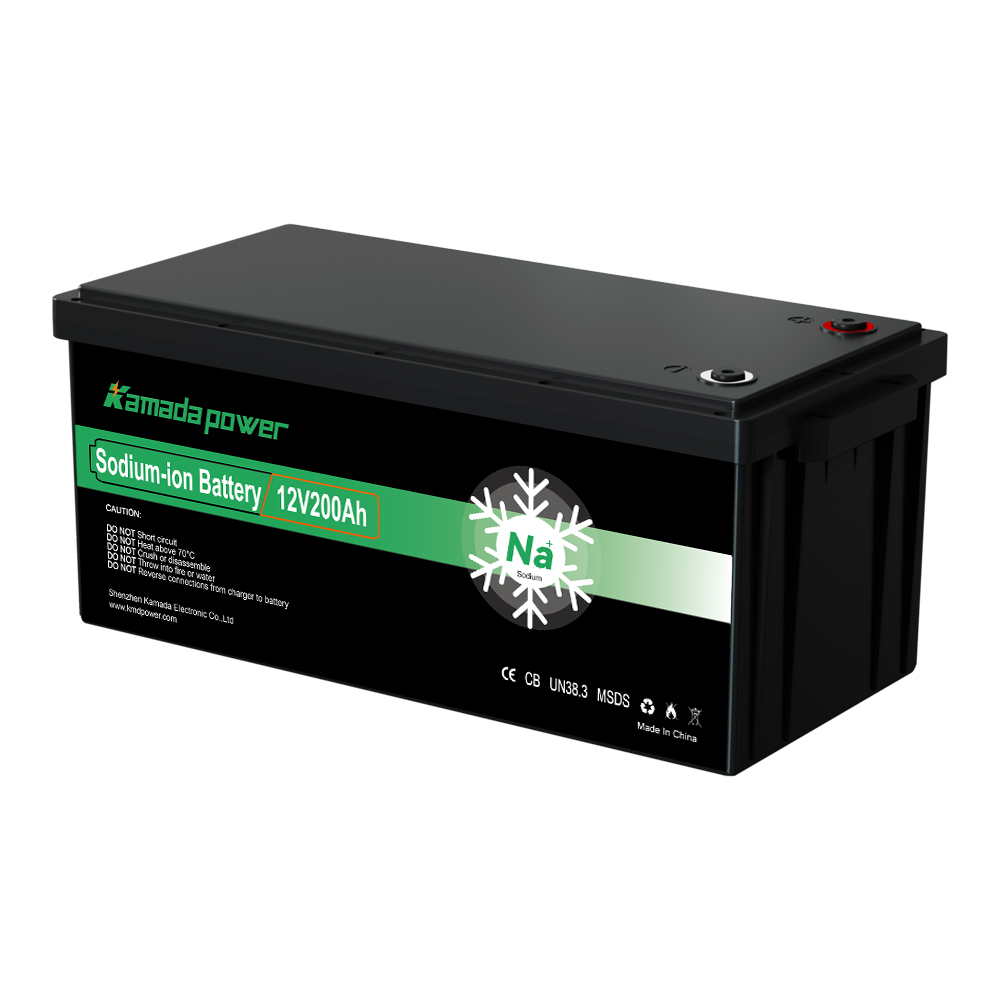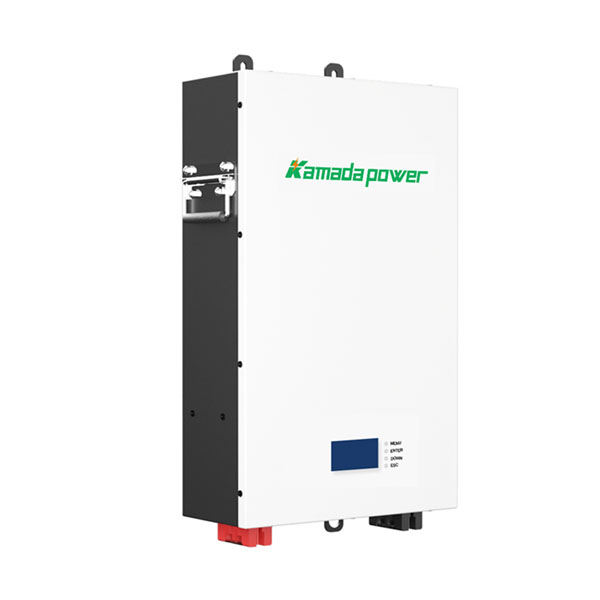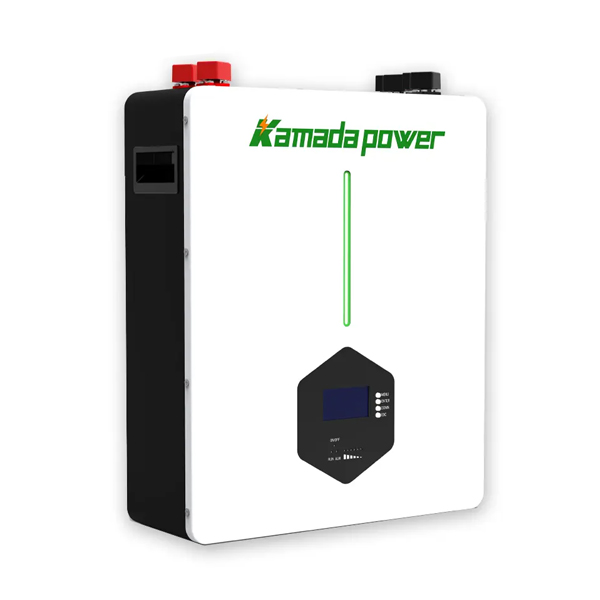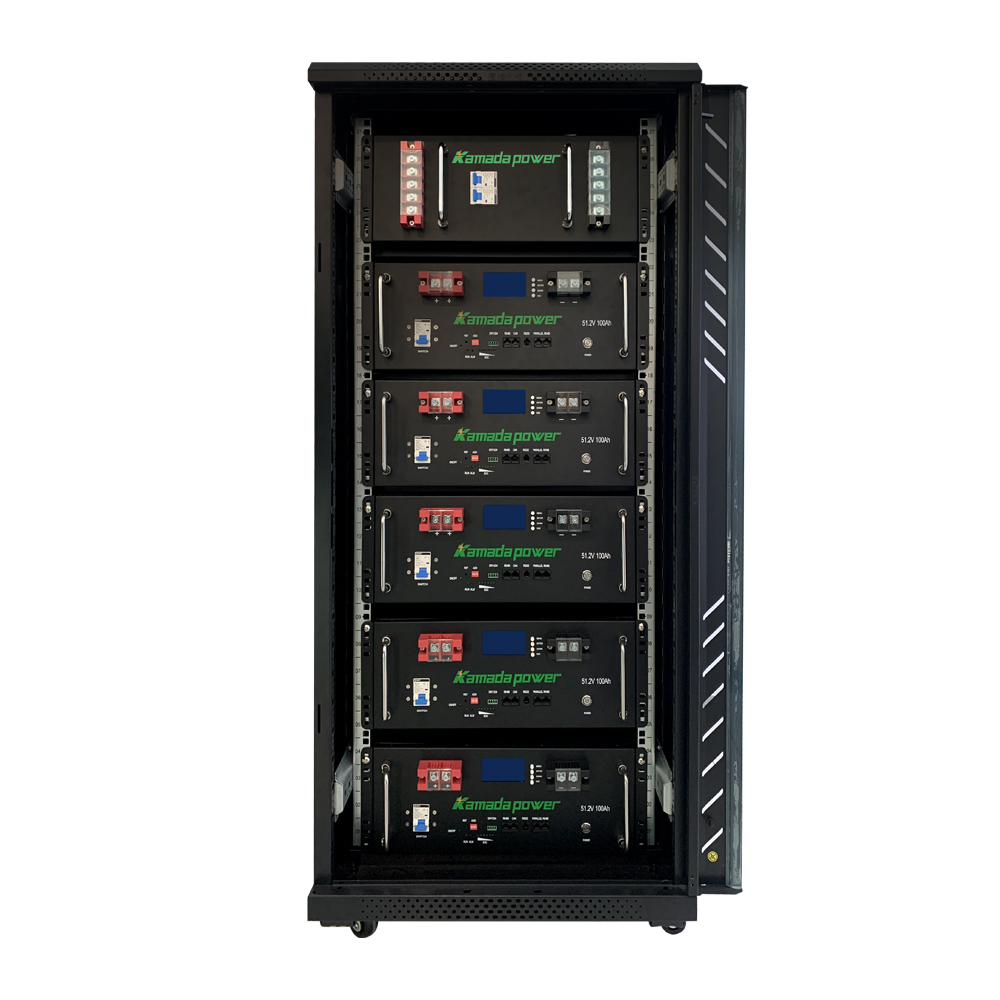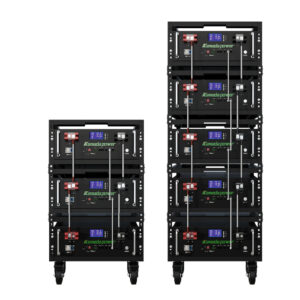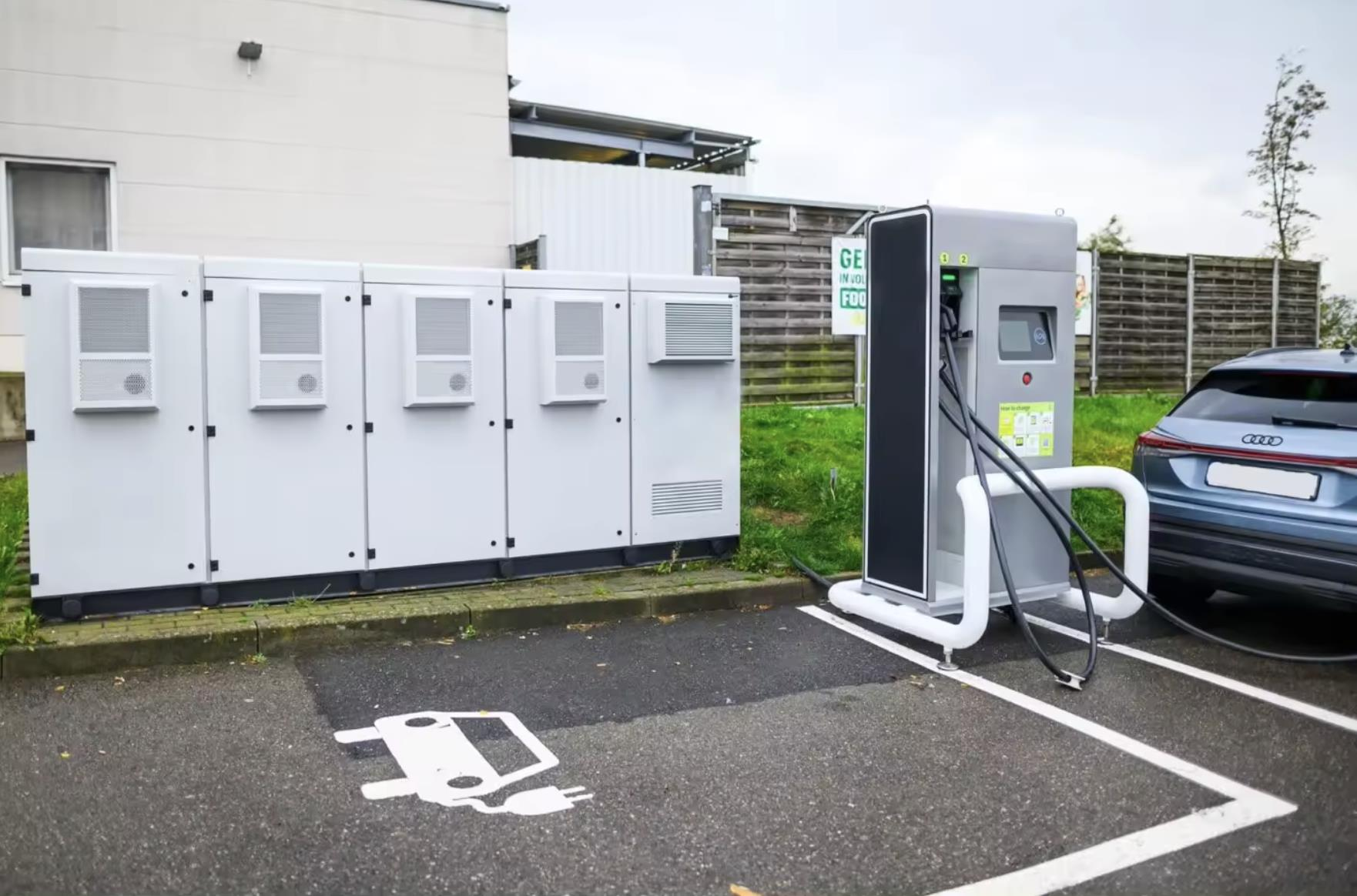In a lithium battery pack, several lithium batteries are connected in series to get the required working voltage. If you need higher capacity and higher current, you should connect the power lithium batteries in parallel, the aging cabinet of lithium battery assembly equipment can know the high voltage and high capacity standard by combining two methods of series and parallel connection.
1.lithium battery series and parallel connection method
Parallel connection of lithium batteries: the voltage is unchanged, the battery capacity is added, the internal resistance is reduced, and the power supply time can be extended.
Series connection of lithium battery: voltage is added, capacity is unchanged.Parallel connection to get more power, you can connect multiple batteries in parallel.
An alternative to connecting batteries in parallel is to use larger batteries, as there are only a limited number of batteries that can be used and this method is not suitable for all applications.
In addition, larger cells are not suitable for the form factor required for specialized batteries. Most battery chemistries can be used in parallel, and lithium batteries are best suited for parallel use.
For example, a parallel connection of five cells maintains the battery voltage at 3.6V and increases current and runtime by a factor of five. High impedance or “open” cells have less effect on a parallel circuit than a series connection, but a parallel battery pack reduces load capacity and run time.
When series and parallel connections are used, the design is flexible enough to achieve the voltage and current ratings required for standard battery sizes.
It should be noted that the total power does not change due to the different connection methods of lithium battery spot welders for lithium battery production.
Power is equal to the voltage multiplied by the current. For lithium batteries, series and parallel connection methods are common. One of the most commonly used battery packs is the 18650 lithium battery, which has a protection circuit, and a lithium battery protection board.
The lithium battery protection board can monitor each battery connected in series, so its maximum actual voltage is 42V. This lithium battery protection circuit (i.e. lithium battery protection board) can also be used to monitor the status of each battery connected in series.
When using 18650 lithium batteries in series, the following basic requirements must be followed: the voltage should be consistent, the internal resistance should not exceed 5 milliamps, and the capacity difference should not exceed 10 milliamps. The other is to keep the connection points of the batteries clean, Each connection point has a certain resistance. If the connection points are not clean or the connection points are increased, the internal resistance may be high, which may affect the performance of the whole lithium battery pack.
2.lithium battery series-parallel connection precautions
General use of lithium batteries in series and parallel need to carry out lithium battery cell pairing, pairing standards: lithium battery cell voltage difference ≤ 10mV, lithium battery cell internal resistance difference ≤ 5mΩ, lithium battery cell capacity difference ≤ 20mA.
Batteries must be connected in parallel with the same kind of battery. Different batteries have different voltages, and when they are connected in parallel, the batteries with higher voltages charge the batteries with lower voltages, consuming power.
Batteries in series should also use the same battery. Otherwise, when batteries of different capacities are connected in series (e.g., the same kind of batteries with different degrees of newness and oldness), the battery with small capacity will discharge the light first, and the internal resistance will increase, at which time the battery with large capacity will be discharged through the internal resistance of the battery with small capacity, consuming electricity, and will also back-charge it. So the voltage on the load will be greatly reduced, and can not work, the capacity of the battery is only equivalent to the small capacity of the battery.


